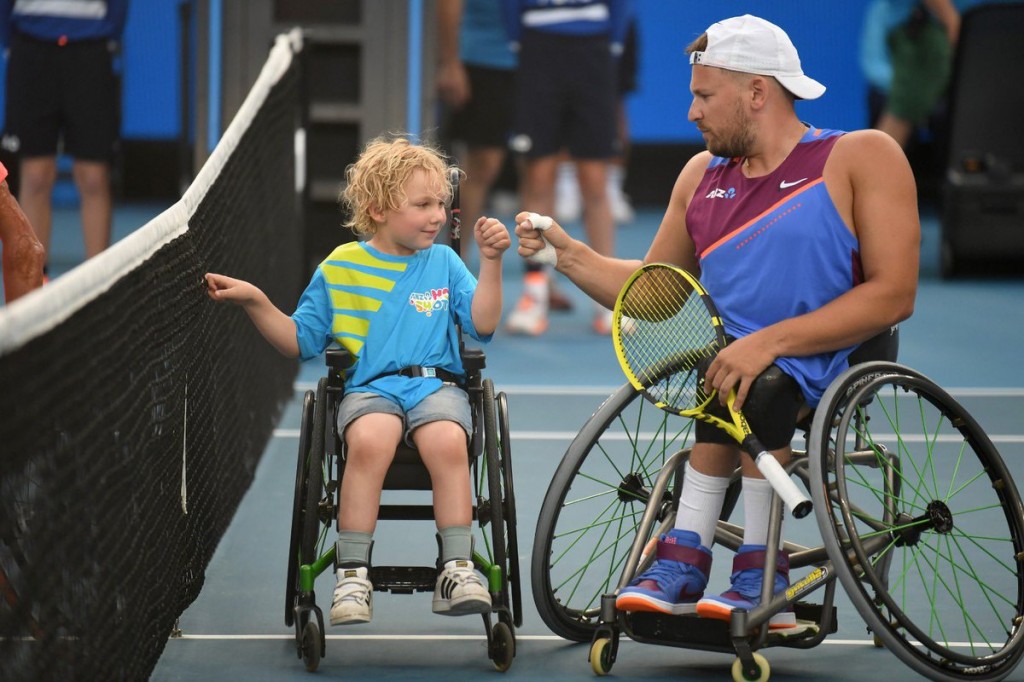Sport has changed dramatically in the last 40 years and I believe that its different organization has greatly influenced the motivation and personality development of young people.
Once upon a time it was the young people who organized themselves and this approach stimulated them to take on responsibilities regarding the choice of the game, its rules, refereeing and choice of teammates. Today, most of these issues do not affect them because they play only in organized structures led by adults. Obviously, sport will not go back to an organization run by young people, but what skills this way of playing sport developed and how the same kind of skills can be developed today.
Today: Kids only play and participate in sports when adults formally organize them. The rest of the time they play video versions of sports on Playstations. You rarely see children organizing informal, real-world games on their own.
40 years ago: Children of all ages went to play in the backyard, at the oratory, or on a vacant lot near their homes.
Today: Children play on perfectly manicured and lined fields.
40 years ago: Children played against other neighborhood children of all ages and had to improve to compete with the older kids. They often played alone or with each other, throwing a ball against a brick wall to get better.
Today: Children attend dedicated sports facilities where an instructor teaches them only one sport. They attend different summer camps.
40 years ago: Children chose their teams by picking the best first and then the others.
Today: The team is made up of the coach.
40 years ago: Kids made up their own rules to fit the place they played.
40 years ago: You had to develop leadership skills to influence who was on your team, receive passes and be recognized as one to have on the team. Today: Adults make the decisions in youth sports: they choose the teams and how to play.







